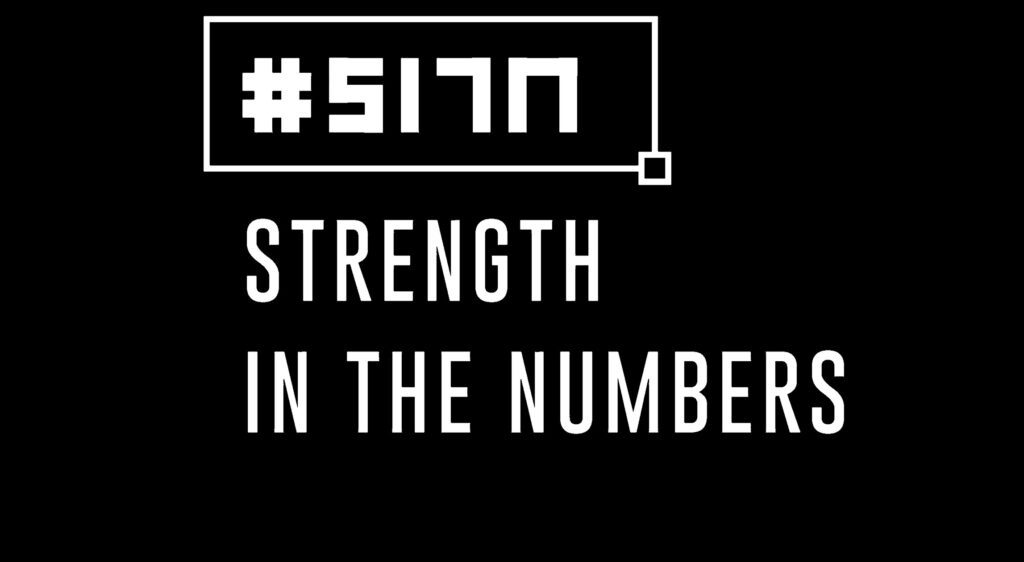
Disclaimer:
Any views or opinions expressed are solely those of the author and do not necessarily represent those of any companies that the author has been and is working for.
I recently read a carton strip on LinkedIn regarding dots. As a finance business partner, we try to interpret and make sense of the data as depicted by these dots. However this art goes way back to the childhood game of connecting the dots. In a jumble of dots, sequences are provided and when connected, pattern emerge in the awe of a child’s eyes. The practice of connecting dots helps the brain to learn to follow sequences and recognize patterns.
One of the key assets of a great business partner is to provide insights to their stakeholders. Connecting the dots reinforces this useful skill in business partnering that propel a good business partner to a great business partner through insightful connections. Nonetheless, this is not a solo journey. Afterall, it is a partnership.
3 keys ways to hone your skills in connecting the dots
1. Connect the dots starts from outside your organisation and continues within
Network building starts from before you join a company. Your external network gives you peer experiences and insights that you may otherwise not have from your own experience. This is not limited to your professional network. The exchange of views and ideas encourages critical thinking.
Networking within the organisation enables you to gain company specific knowledge and understand the power map. Organisation power map is a useful way to understand the influence your stakeholders can exert in decision making. Note networking does not mean you have to be an extrovert. However, you need to have thirst to learn at every opportunity. You are in a way collecting sources of information.
2. Pattern recognition
Big data is like the large number of dots on the page of connecting the dots or the jumble of letters in the word search grid. You need some way to make sense of the data. To handle Big Data effectively requires an understanding of the goal, data requirement and technological capability (now and future). A business partner works with their stakeholders to identify these patterns and develop strategies from them. However be aware of the pitfall of jumping into conclusion just because the patterns look familiar. Objectivity should be maintained. Using AI to analyse data speeds up the analysis but you should also consider the human factor, which is possibly the most unpredictable element of all.
3. Beyond profit and loss
A finance business partner often focuses on the key elements of the profit and loss statement e.g. revenue, expense, profit and loss. Beyond these financials, a finance business partner should look at the various drivers that contributes to the profit and loss:
- lifetime value of the customers and its impact on the bottom line
- cost of maintaining the lifetime value of customers
- organisational capability in delivering the goals
- inter-relation between actions of each department and the bottom line
- the human factor
This is not an exhaustive list. By breaking an element into its components until it can go no further helps to promote an understanding of driver base simulations. This also takes the finance business partner out of the realm of finance into the operational area – be more engaged. This in turns take us full circle back to building network again.

